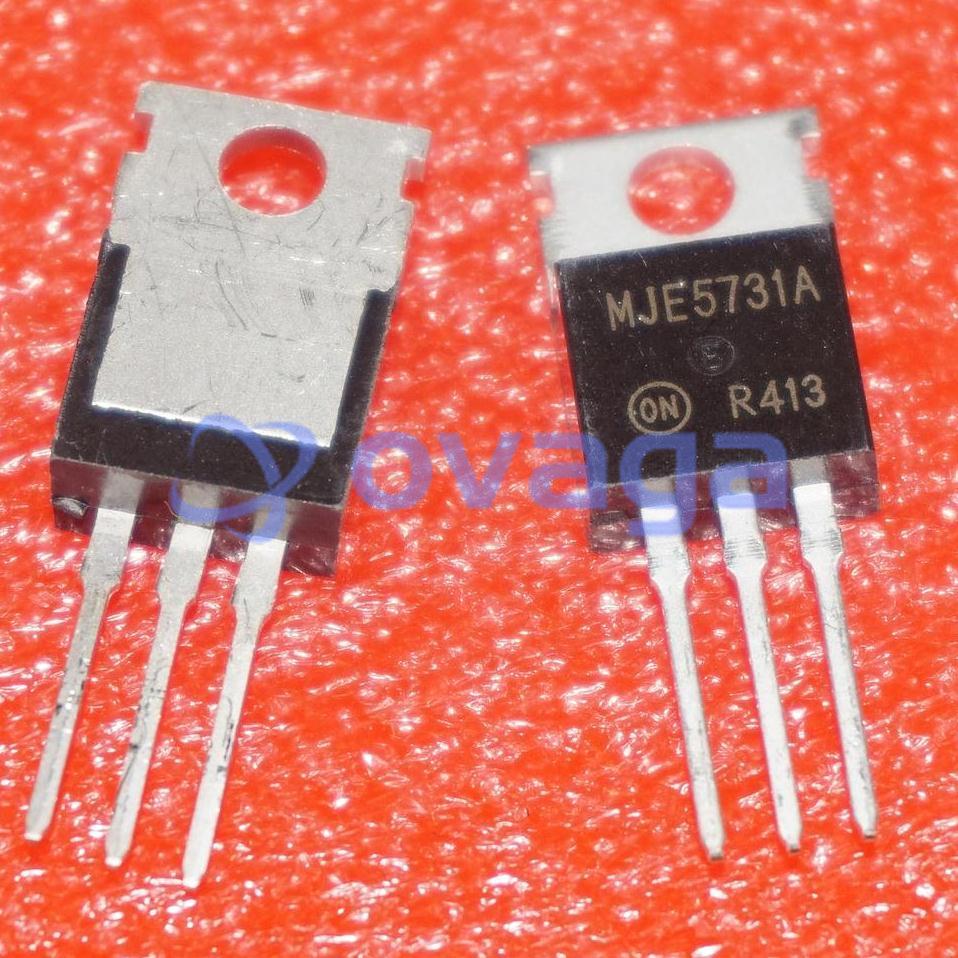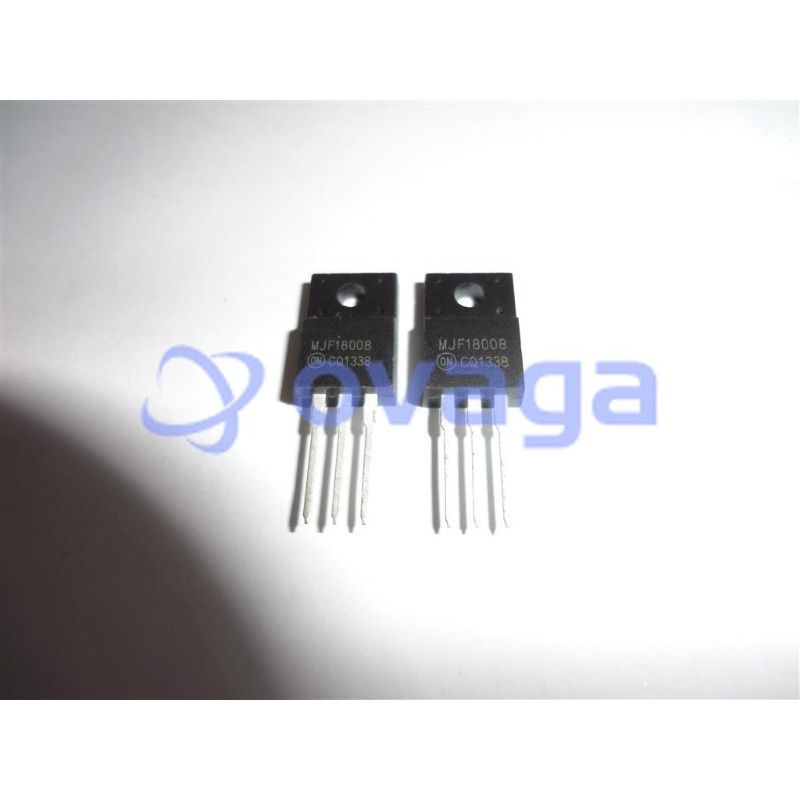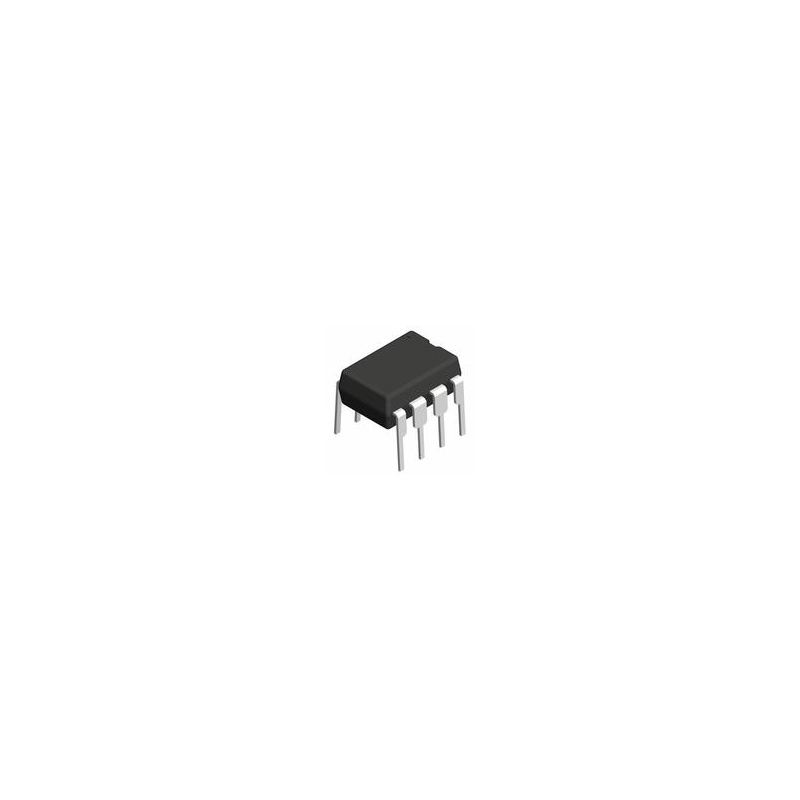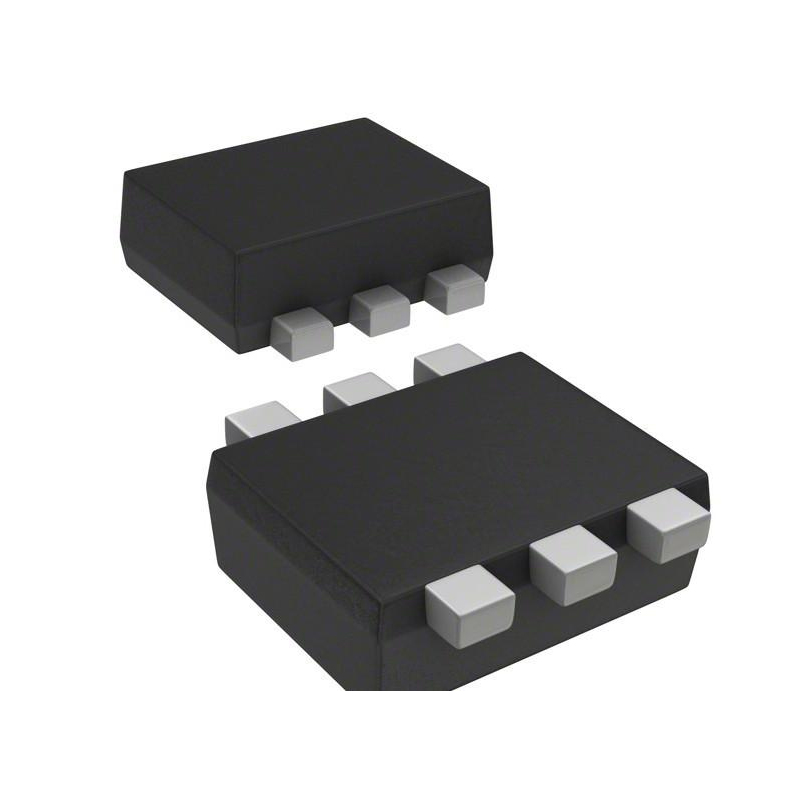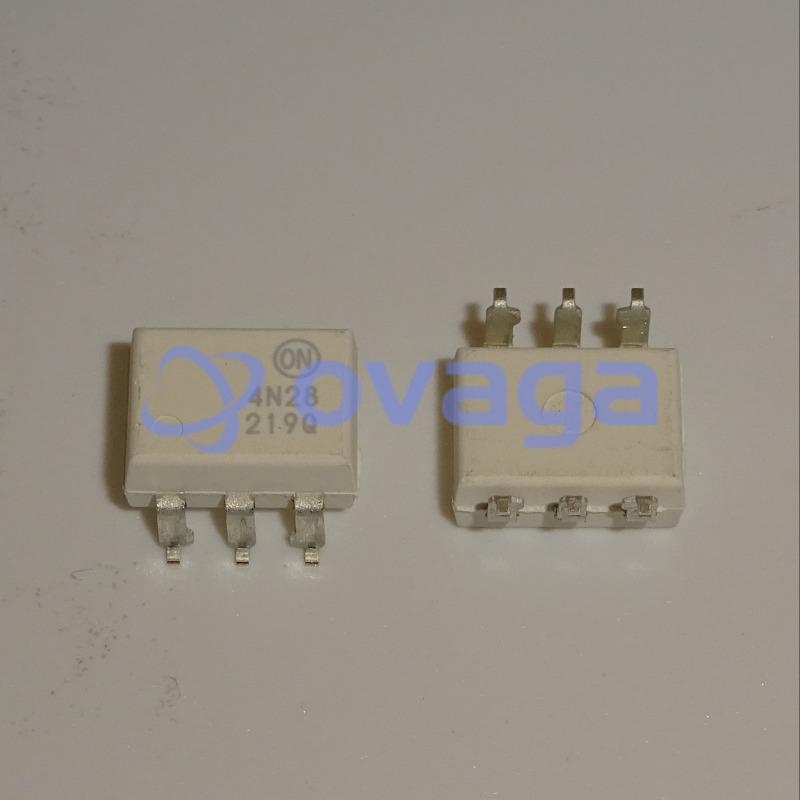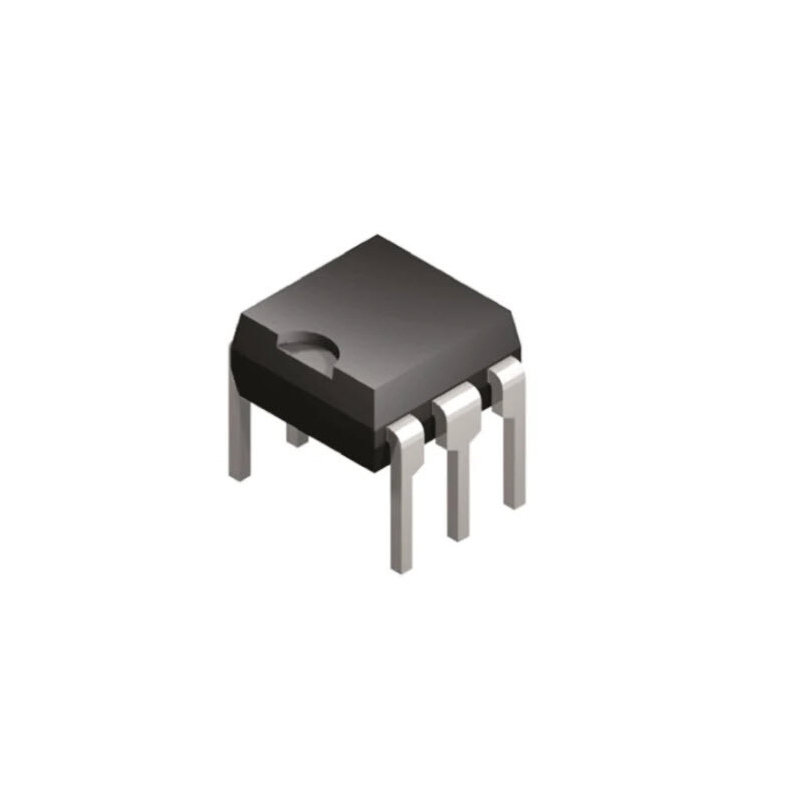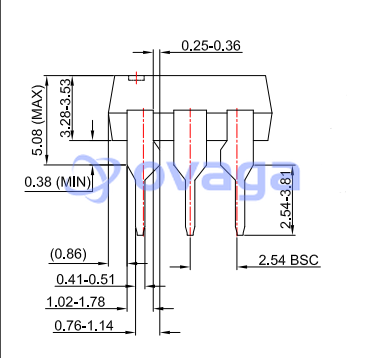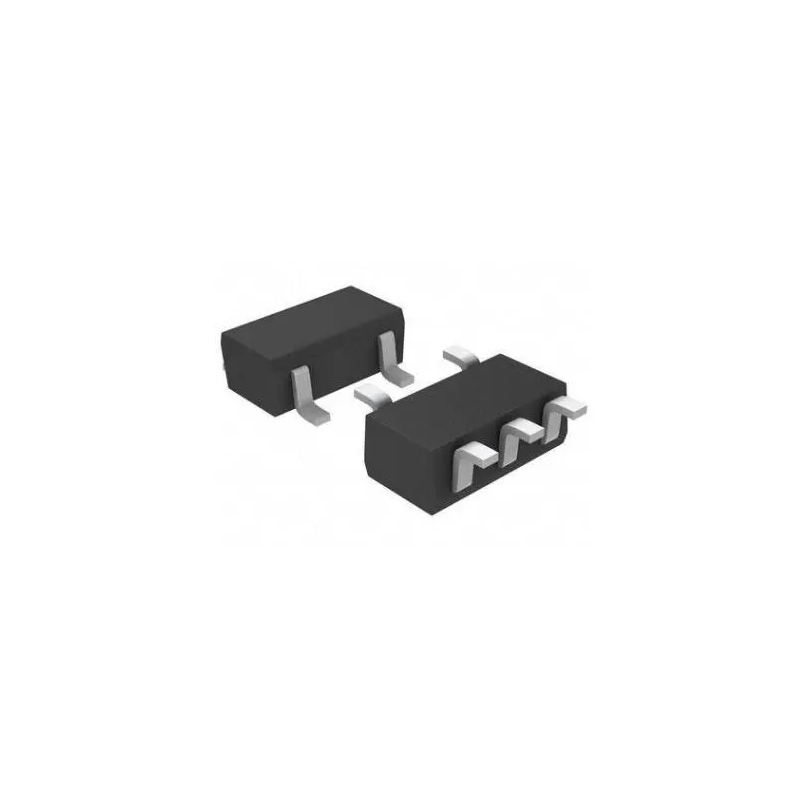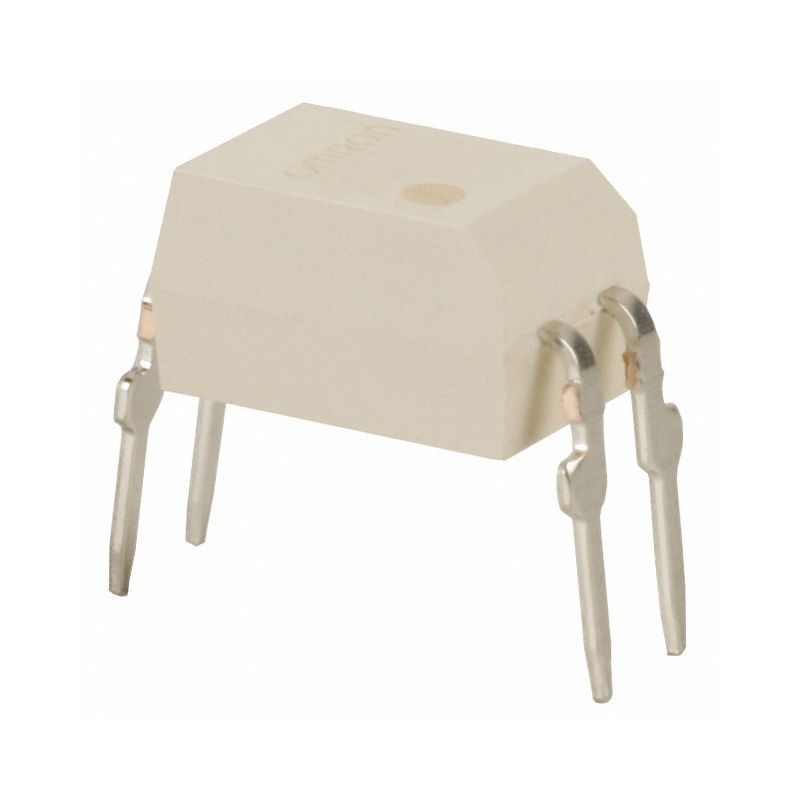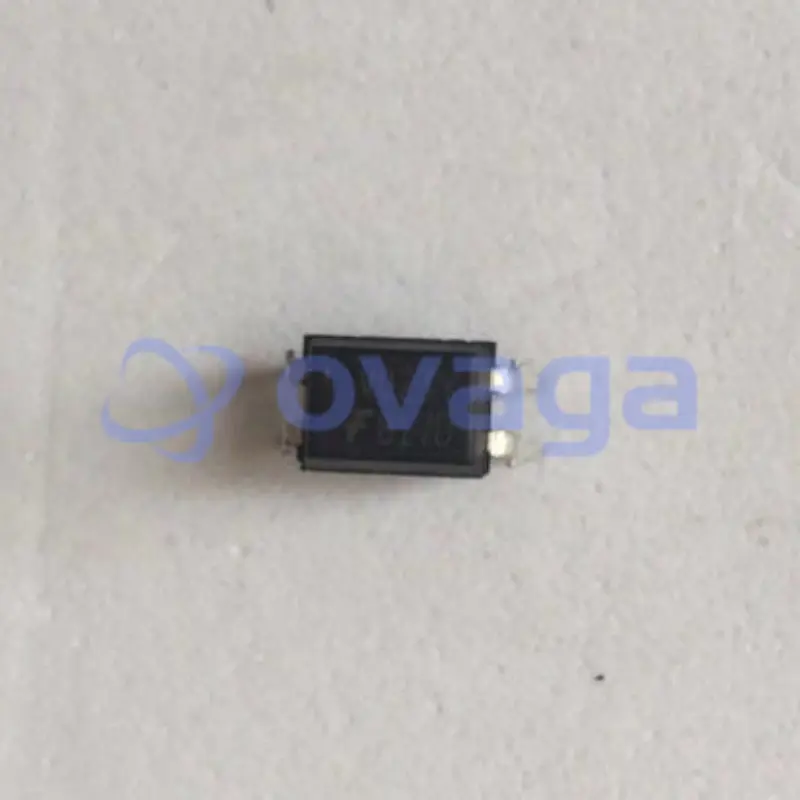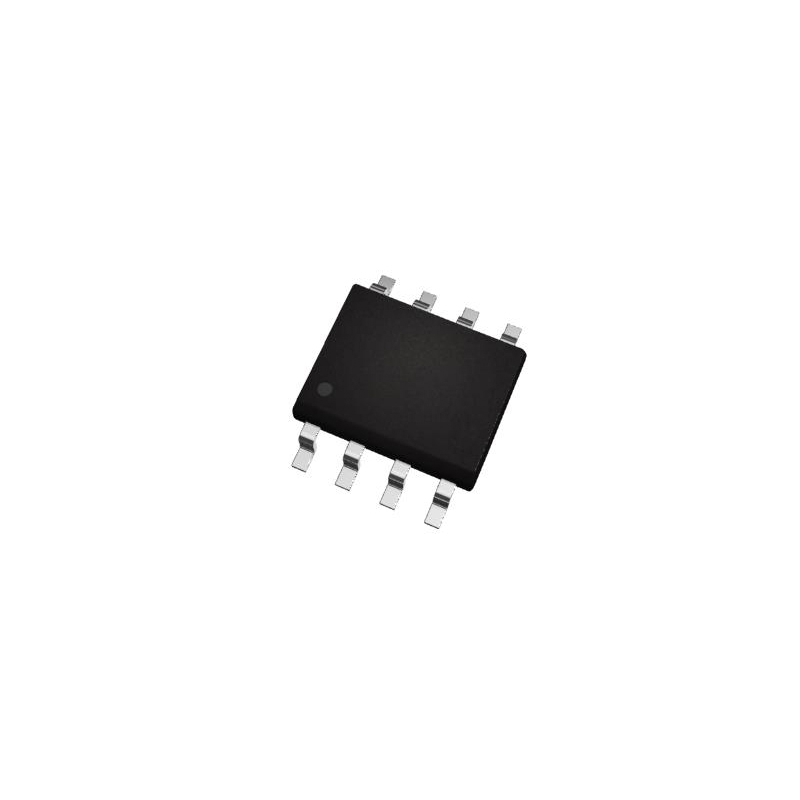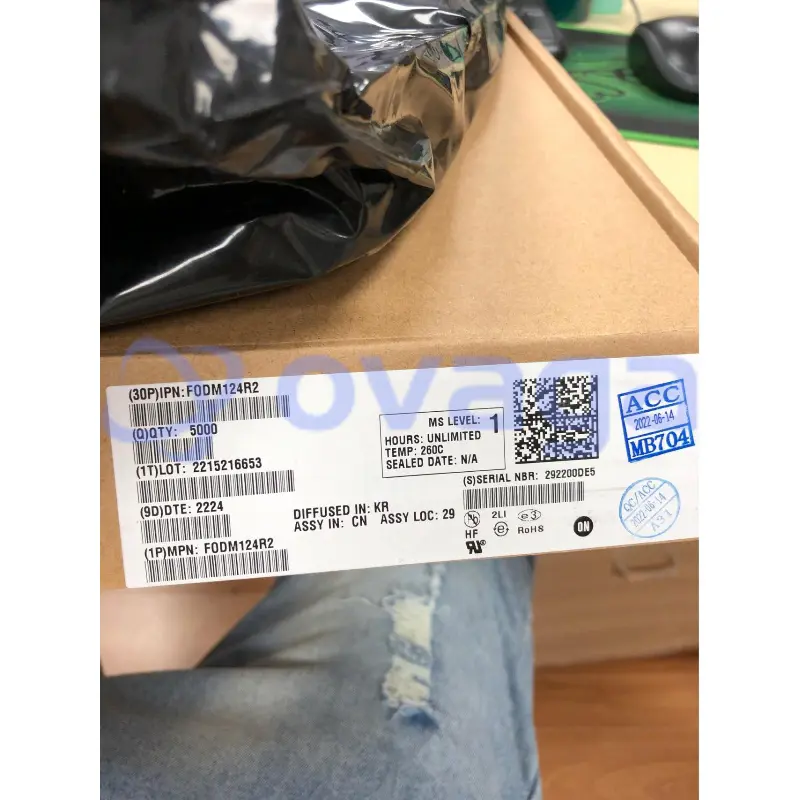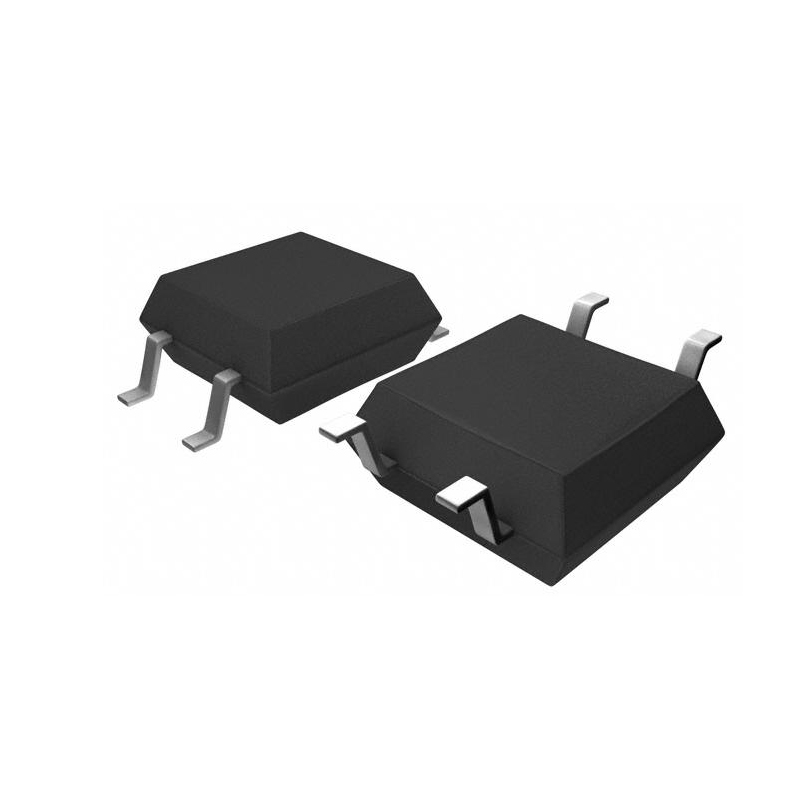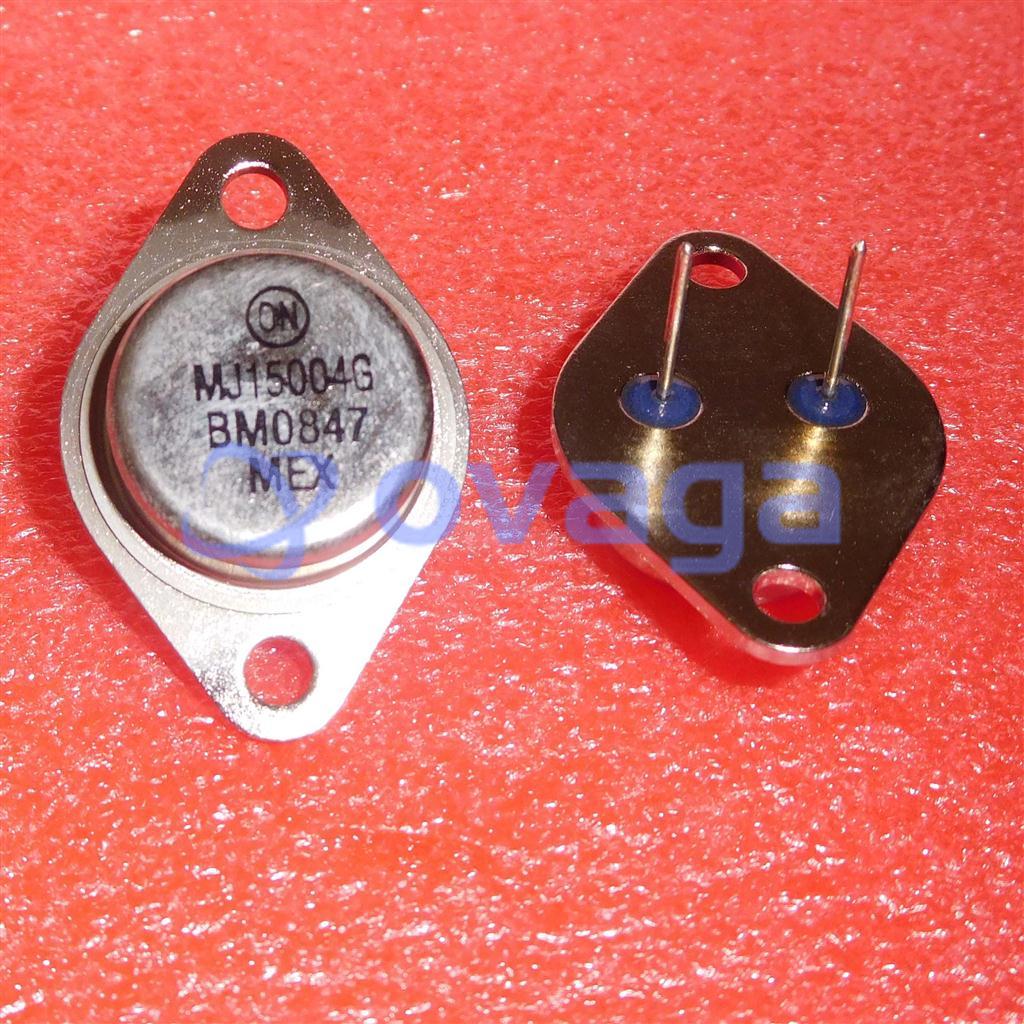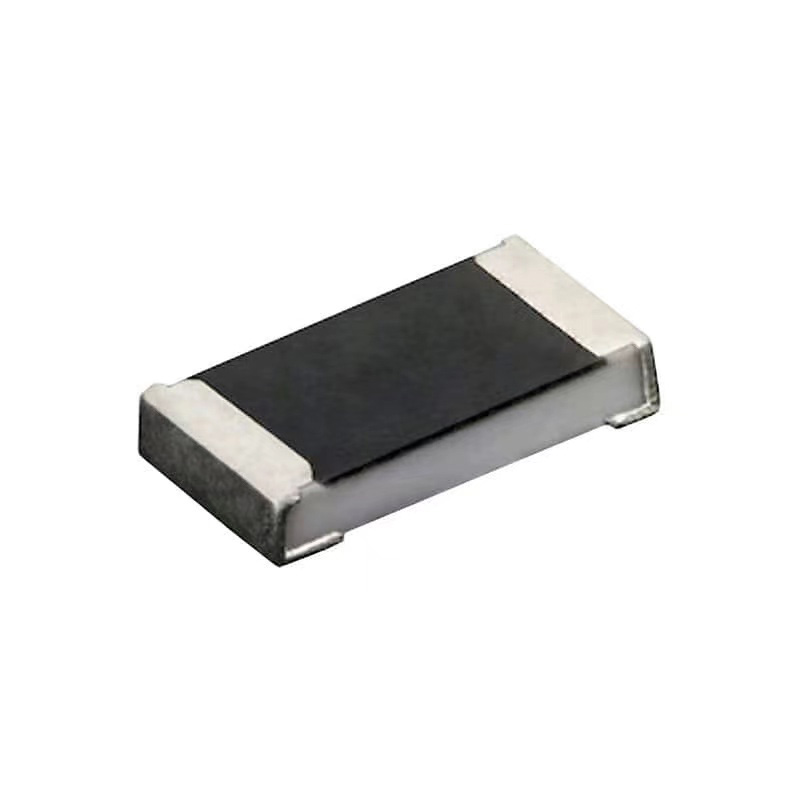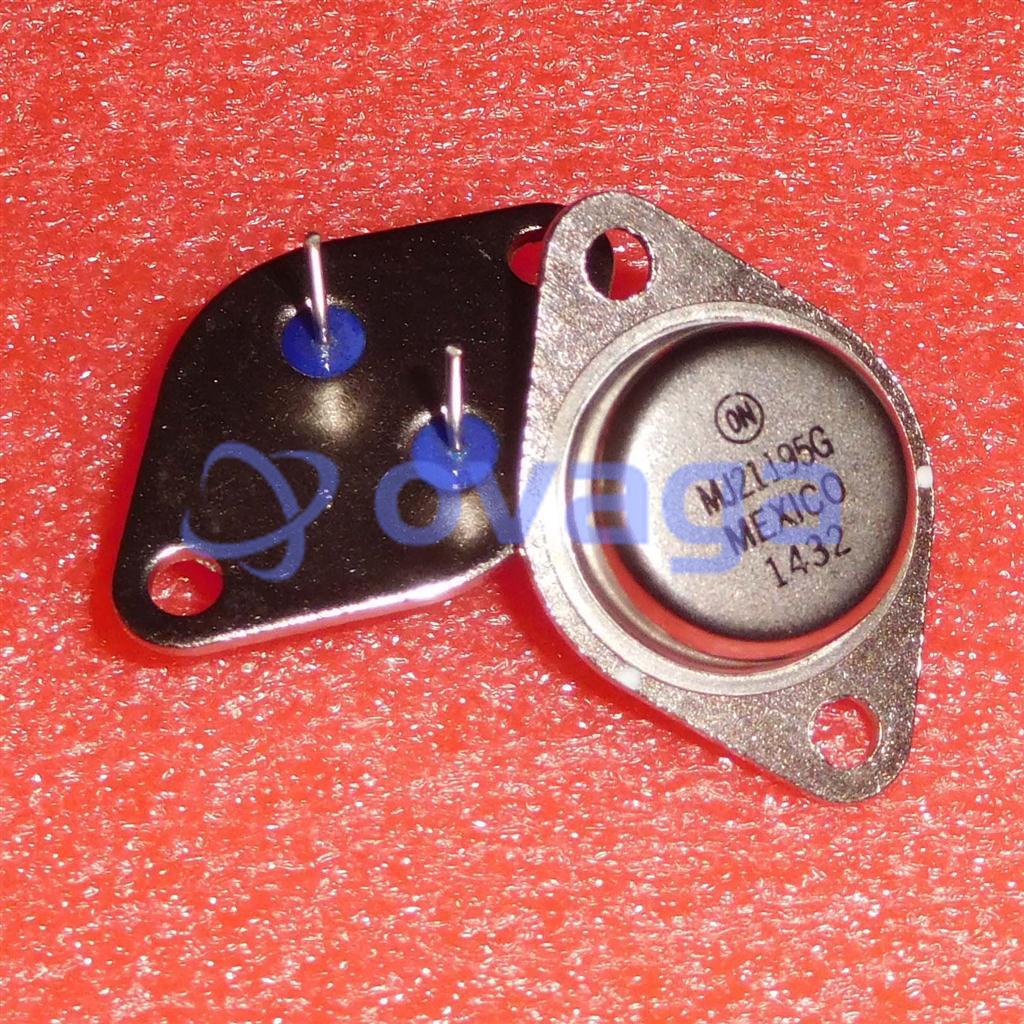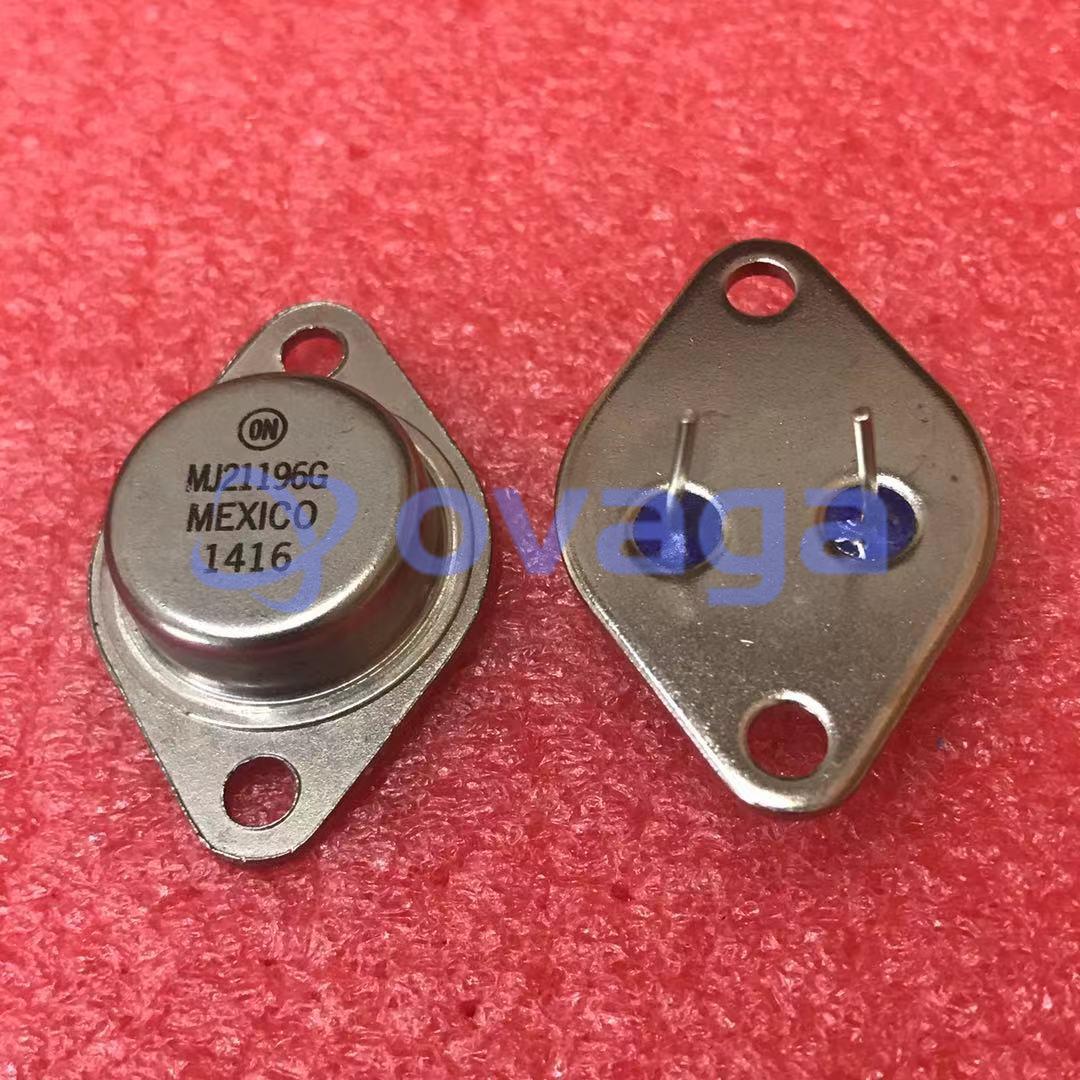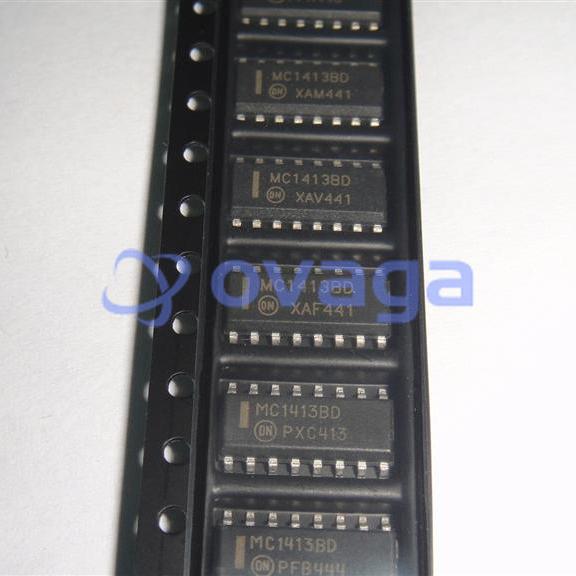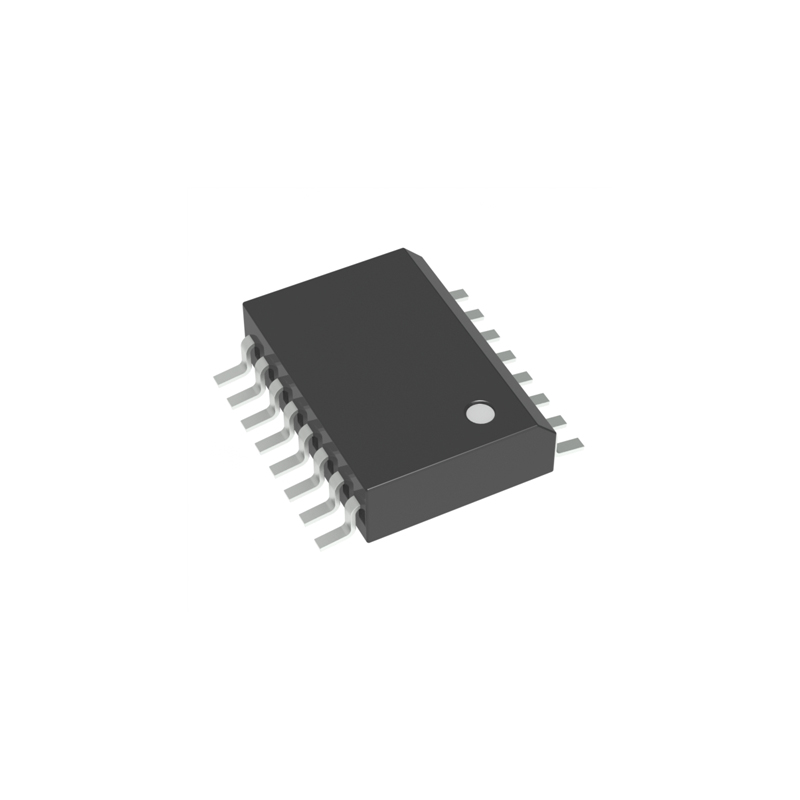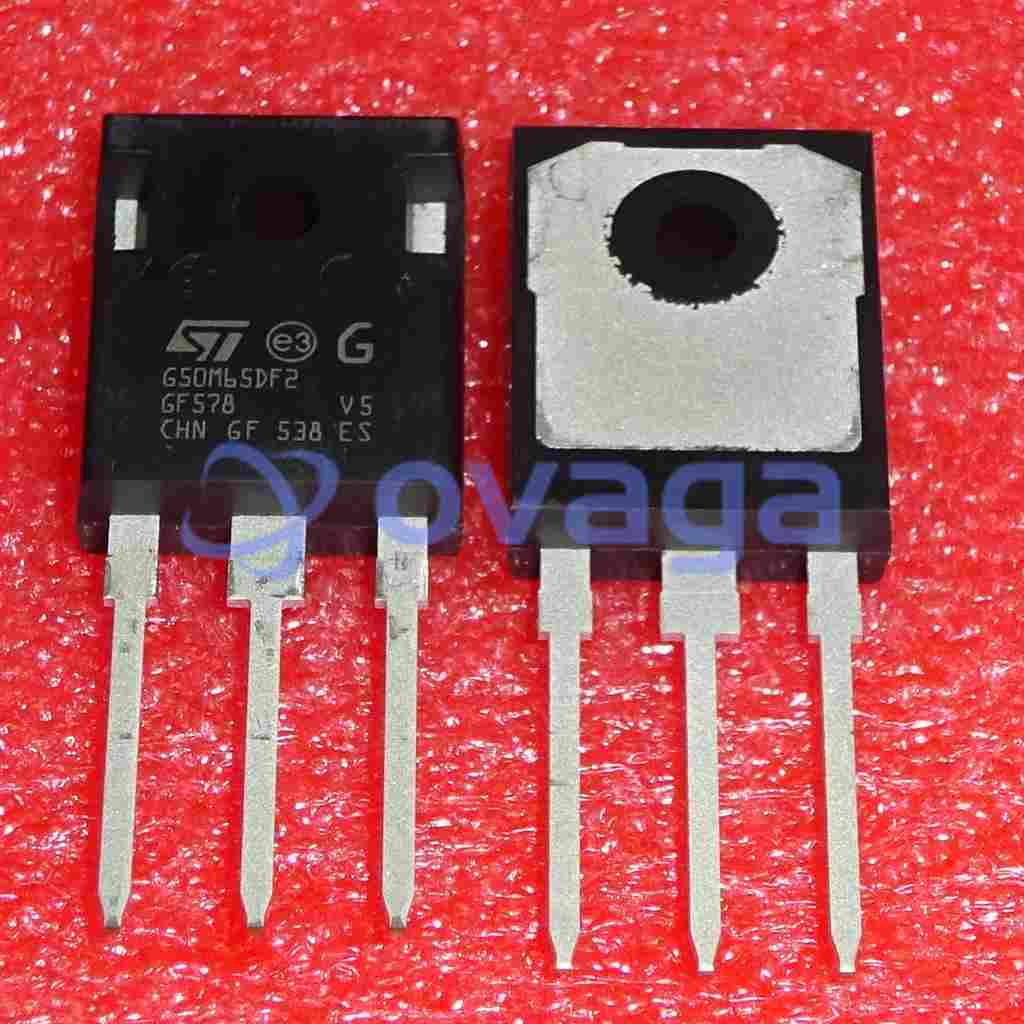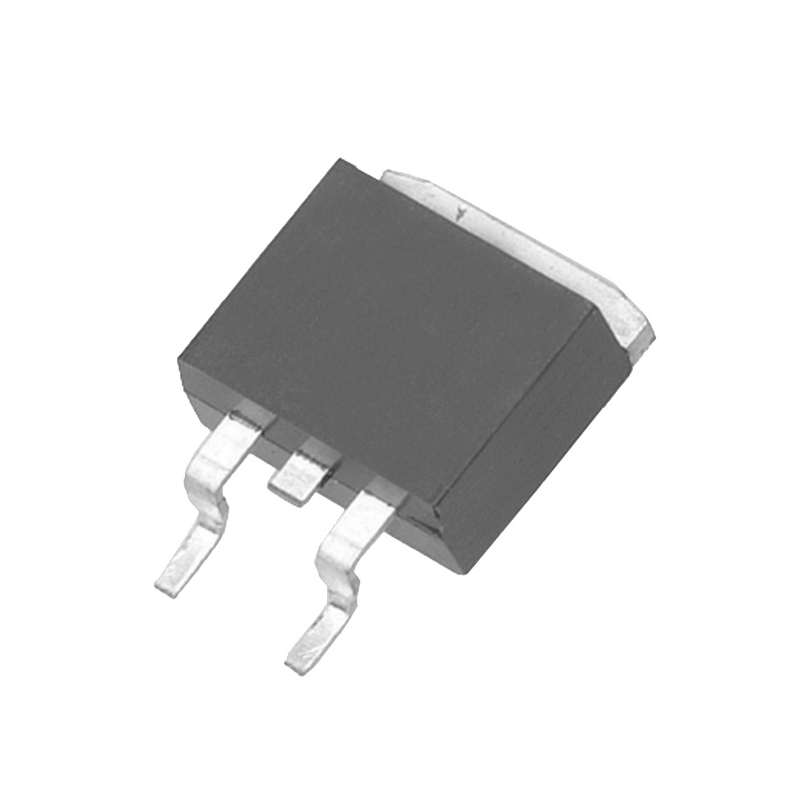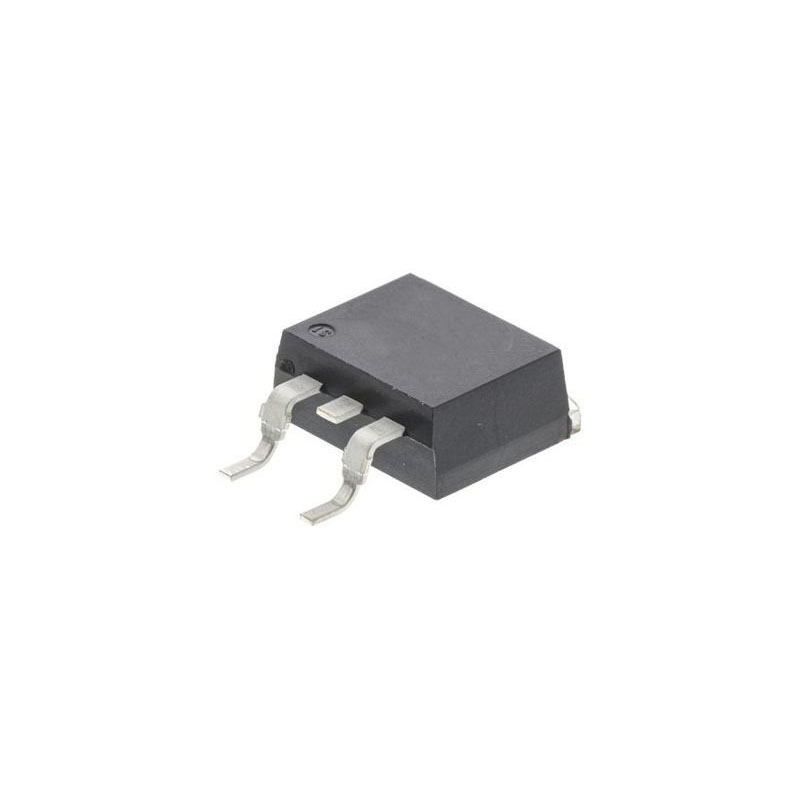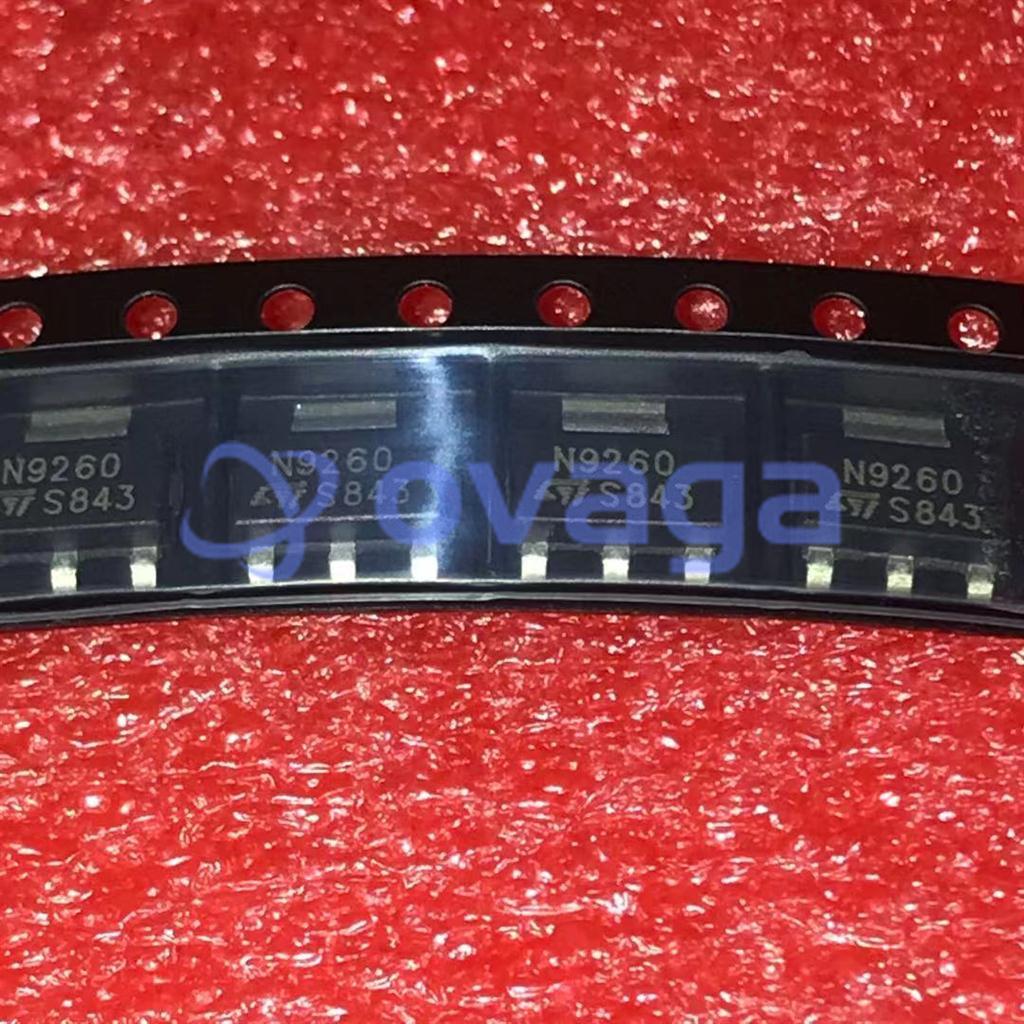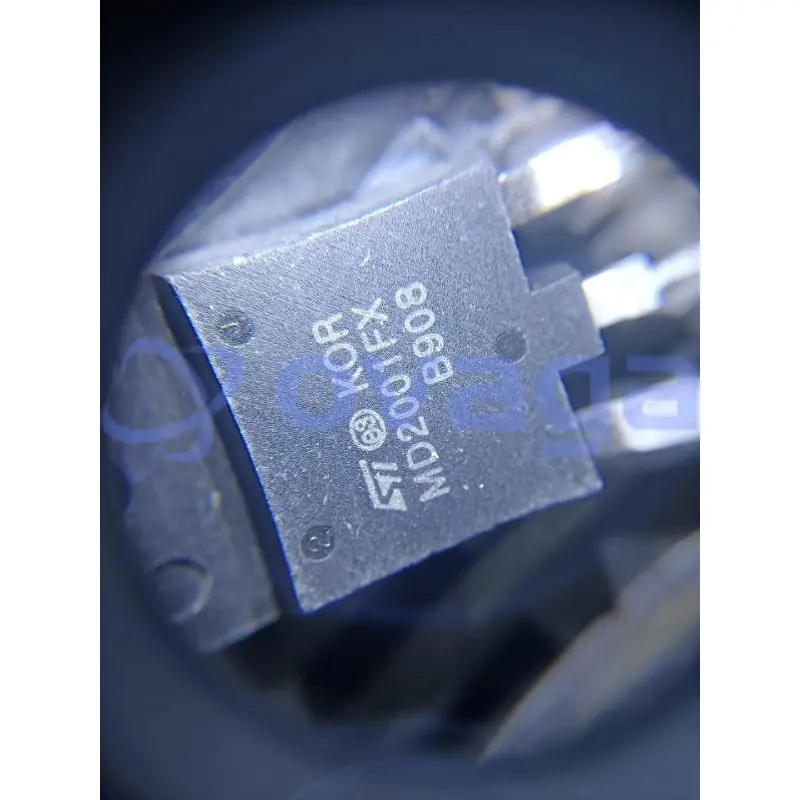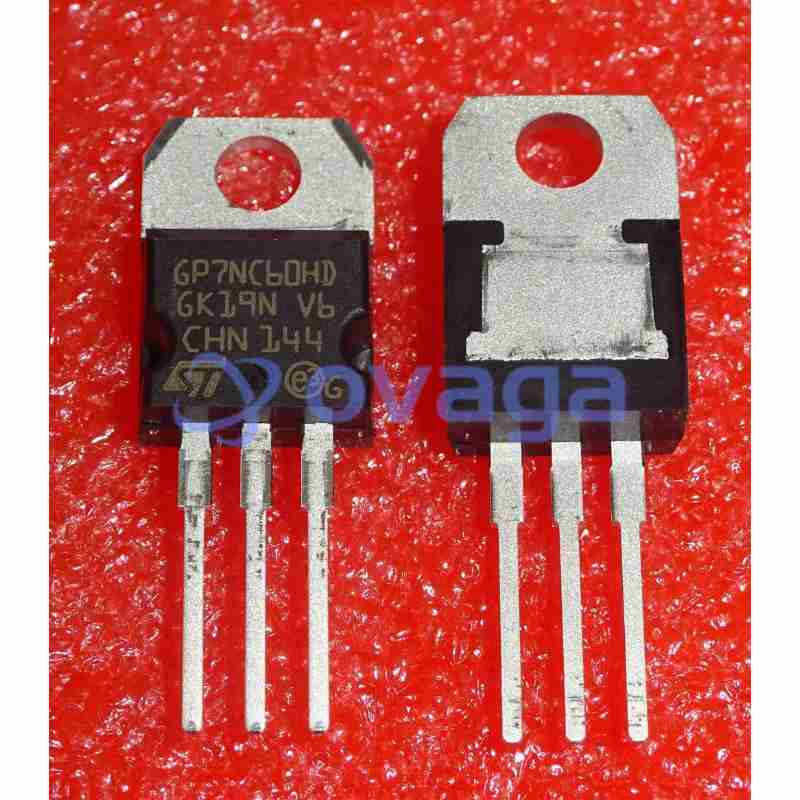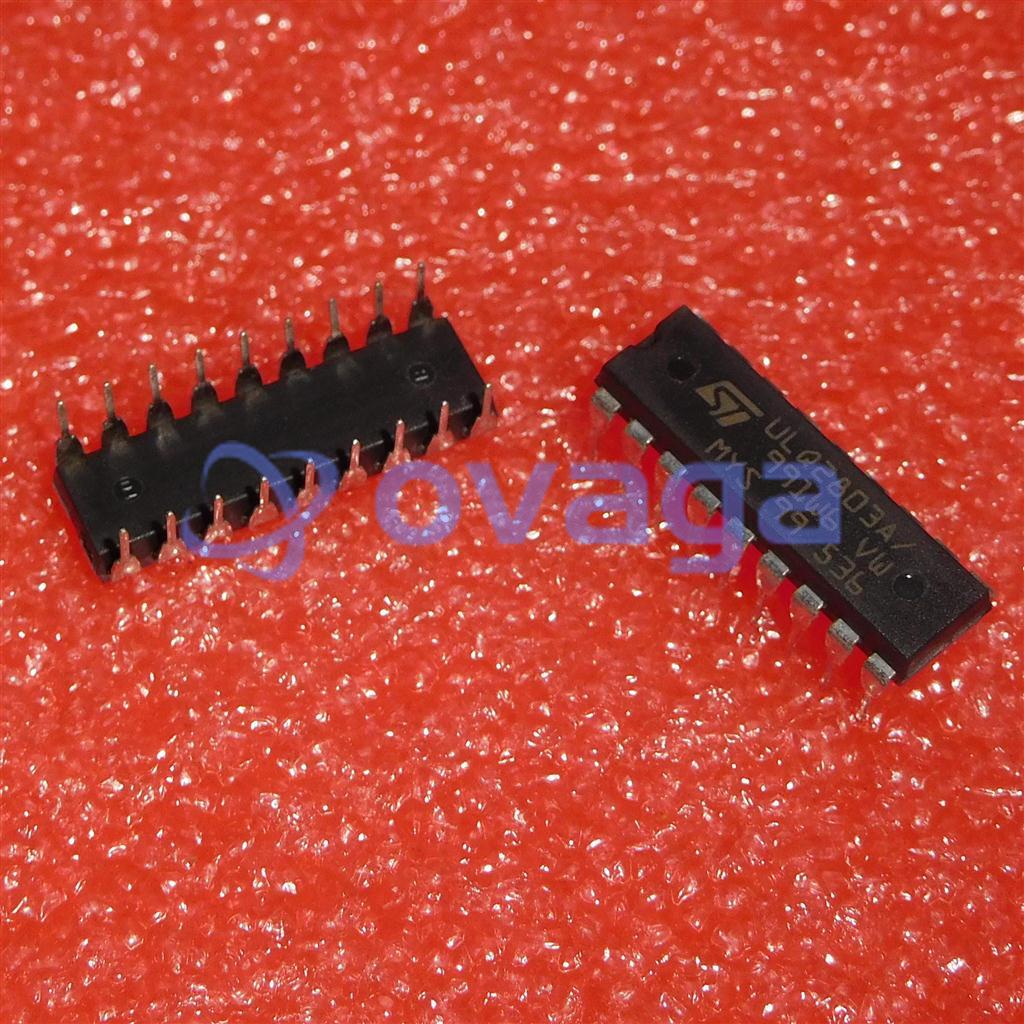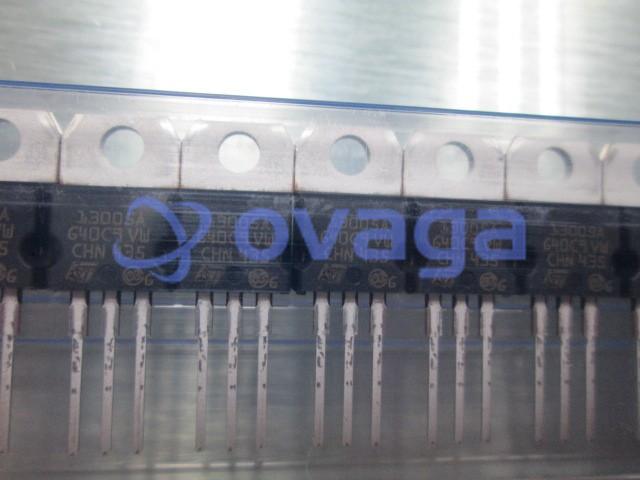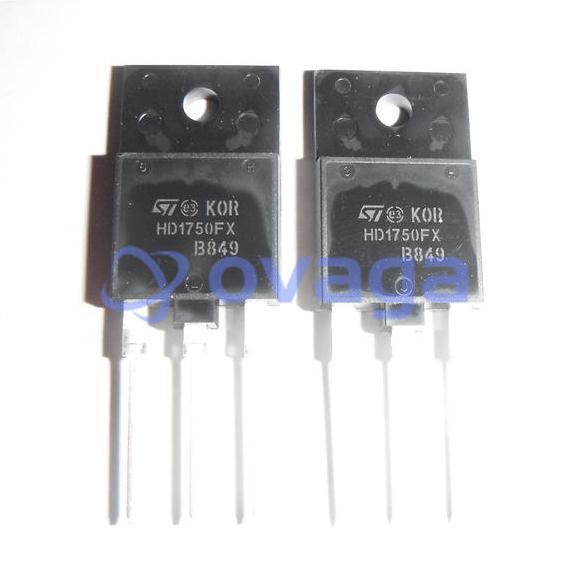Photonic Integrated Circuit: Definition, Disadvantage, Fabrication, Application
Update Time: Nov 22, 2023 Readership: 1353
Contents
Introduction
The Integrated Circuit (IC), or microchip, debuted in the late 1950s and has become a vital component in today's electronic devices. Modern IC chips, primarily made from semiconductor wafers, respond to electrical signals. They house thousands or millions of tiny components like resistors, capacitors, diodes, and transistors.
However, a significant challenge arises as chip sizes decrease. The "post-Moore's Law" period, expected by 2036, poses a substantial hurdle to semiconductor development due to the impracticality of adding more components to a wafer.
Current IC chips also face pressure from the data surge in big data, IoT devices, and AI, causing bandwidth bottlenecks and slower data transfer speeds. Fortunately, progress in photonic integrated circuits offers a transformative architecture, using light signals instead of electrical signals, potentially addressing the growing data demands.
What is a photonic integrated circuit
A photonic integrated circuit (PIC) is a microchip that integrates multiple photonic (light-based) components onto a single platform to perform functions related to the generation, manipulation, and detection of light. Unlike traditional electronic integrated circuits, which use electrons to transmit information, photonic integrated circuits use photons (light particles) for communication and computation.
Photonic integrated circuits are designed to harness the unique properties of light, offering advantages such as high bandwidth, low power consumption, and potentially faster data transfer speeds compared to their electronic counterparts. These circuits often include components such as lasers, modulators, detectors, waveguides, and other optical elements.
How do photonic circuits work
Photonic integrated circuits (PICs) operate on the principles of manipulating and harnessing light (photons) for a variety of functions, offering advantages in terms of speed, bandwidth, and efficiency compared to traditional electronic circuits.
-
Photonic Signal Transmission
Light Sources: Photonic circuits commonly use lasers or other light-emitting diodes as sources of coherent light. These light sources generate the photons needed for signal transmission.
Waveguides: Optical waveguides, often made from materials like silicon or glass, guide and direct the flow of light within the circuit. They act as channels for transmitting information.
-
Total Internal Reflection
Control of Light: Total internal reflection is a crucial phenomenon in photonic circuits. By carefully engineering the design of waveguides, light can be confined and controlled within the material, ensuring minimal loss of signal during transmission.
Mirrors and Reflectors: Reflective surfaces within the circuit, such as mirrors or specially designed coatings, facilitate the redirection of light as needed.
-
Functions of Photonic Integrated Circuits
Transmission of Information: Photons carry information in the form of light pulses, and the circuit manipulates these pulses to transmit data.
Sensing and Processing: Photonic circuits can include various components for sensing and processing information optically. This allows for functionalities such as signal amplification, modulation, and wavelength conversion.
-
Integration and Miniaturization
Single Substrate: Photonic circuits are designed to integrate multiple components on a single substrate or chip. This integration helps in creating compact and efficient solutions.
Miniaturization: The use of optical components allows for miniaturization, enabling the creation of smaller and more lightweight devices compared to their electronic counterparts.
-
Passive and Active Components
Passive Components: Passive elements, such as switches and multiplexers, do not require an external power source. They play a crucial role in routing and directing optical signals.
Active Components: Active elements, including detectors and lasers, require an external energy source. Lasers, for instance, emit coherent light for various applications within the circuit.
In a word, photonic integrated circuits leverage the unique properties of light to transmit, process, and manipulate information. Their working principles offer advantages in terms of speed, bandwidth, and energy efficiency, making them particularly valuable in applications where high-performance optical communication and processing are essential.
What is the future of photonic integrated circuits
The future of photonic integrated circuits (PICs) holds significant promise and is expected to impact various technological domains. Several trends and developments suggest a bright future for PICs.
PICs are likely to play a crucial role in the evolution of high-speed data centers. Their ability to transmit data at the speed of light makes them ideal for addressing the increasing demands for fast and efficient communication within these environments.
As quantum computing continues to advance, PICs may find applications in quantum information processing. Their capability to manipulate and process light could contribute to the development of optical components in quantum computing systems.
With the rollout of 5G networks and the anticipation of future communication standards, PICs are expected to be integral in the development of high-capacity and low-latency communication systems. They can contribute to the efficient transmission of massive amounts of data.
PICs may find applications in biomedical sensing and imaging. Their ability to handle and process optical signals makes them suitable for advancements in medical diagnostics and imaging technologies.
Ongoing advancements in manufacturing processes are likely to lead to improved scalability and integration of photonic circuits. This could result in more complex and powerful PICs that are cost-effective to produce.
PICs could play a role in the development of optical neural networks, contributing to the field of artificial intelligence. The parallel processing capabilities of light-based systems align well with the requirements of certain AI applications.
Ongoing research in materials science may lead to the discovery and integration of new materials into PICs, potentially expanding their capabilities and making them suitable for a broader range of applications.
As the technology matures, PICs are likely to become more commonplace in various industries. Increased adoption may lead to standardization, facilitating the development of a robust ecosystem around photonic technologies.
What are the disadvantages of photonic integrated circuits
Photonic integrated circuits (PICs) offer a range of advantages, but they are not without their drawbacks. One significant challenge lies in the manufacturing complexity, as the fabrication of photonic components demands high precision and intricate processes, rendering PICs expensive and intricate to produce. Material limitations further complicate matters, as the selection of appropriate materials is crucial for optimal performance, and certain materials may not be universally suitable for all applications.
The integration of different materials onto a single chip poses another challenge. Heterogeneous integration, involving the combination of disparate materials, may introduce compatibility issues and complicate the manufacturing process. Temperature sensitivity is also a concern, as variations in temperature can affect the performance of some photonic devices, requiring controlled environmental conditions.
Power consumption is a notable disadvantage, particularly with active components like lasers and modulators requiring external power sources. This aspect may limit the applicability of PICs in scenarios where low power consumption is crucial. Additionally, despite significant advancements, PICs face challenges in commercialization and market penetration, potentially resulting in higher costs and fewer standardized solutions.
Designing PICs with multiple functionalities is inherently complex, requiring optimization of individual components and ensuring compatibility across the circuit. Testing and troubleshooting further compound the challenges, as the nature of light-based signals necessitates specialized equipment and expertise. The limited diversity of available photonic components compared to electronic counterparts restricts the range of functionalities that can be integrated into a PIC.
Propagation loss is also a consideration, as light signals may experience attenuation during their journey through waveguides and optical elements, impacting overall circuit efficiency. Despite these challenges, ongoing research aims to address these drawbacks and enhance the performance, reliability, and cost-effectiveness of photonic integrated circuits.
What are the advantages of photonic integrated circuits
Photonic integrated circuits (PICs) offer a range of advantages that make them highly attractive for diverse applications. One of the primary benefits is their ability to enable high-speed data transmission, utilizing photons to transmit information at the speed of light. This characteristic is particularly valuable in applications such as data centers and telecommunications, where rapid communication is essential. Additionally, PICs provide increased bandwidth, surpassing traditional electronic circuits, making them well-suited for handling large volumes of data efficiently.
Energy efficiency is another notable advantage of PICs, especially over longer distances. The reduced energy consumption enhances their suitability for applications where power efficiency is a critical consideration. PICs also excel in terms of compact size and integration, allowing multiple photonic components to be seamlessly integrated into a single chip or substrate. This compact form factor is advantageous for applications requiring small, lightweight devices.
PICs exhibit lower signal loss compared to electronic circuits, particularly over extended distances. This feature is crucial for maintaining signal integrity and reducing the need for signal amplification. Moreover, the immunity of PICs to electromagnetic interference is noteworthy, as they rely on photons rather than electrons for data transmission. This immunity enhances their performance in environments where electromagnetic interference could compromise signal quality.
The parallel processing capabilities of PICs, enabled by the nature of light waves, contribute to increased processing speed. This parallelism allows efficient handling of multiple data streams simultaneously. PICs also hold promise for optical computing applications, offering possibilities beyond traditional electronic approaches. In biomedical fields, PICs find applications in sensing and imaging, leveraging their ability to transmit and process optical signals for advancements in medical diagnostics and imaging technologies.
Lastly, PICs demonstrate compatibility with fiber optic systems, facilitating seamless integration with existing optical communication infrastructure. This compatibility enhances their adoption in telecommunications networks, contributing to the evolution of high-speed and efficient communication systems. In summary, the advantages of photonic integrated circuits position them as pivotal components in advancing technologies across various domains.
What materials are used in photonic integrated circuits
Photonic integrated circuits (PICs) leverage various materials to enable the integration of optical components on a single chip. The choice of material depends on the specific application and the desired functionalities.
-
Indium Phosphide (InP)
Characteristics: InP is a widely utilized material platform for PICs, known for its compatibility with both active and passive optical functions on the same chip.
Applications: InP PICs are particularly well-suited for applications requiring active laser generation, amplification, control, and detection. This makes them ideal for communication and sensing applications.
-
Silicon Nitride (SiN)
Characteristics: SiN offers a broad spectral range and features ultra-low loss waveguides, making it suitable for a variety of applications.
Applications: SiN PICs find use in detectors, spectrometers, biosensors, and quantum computers. The TriPleX® waveguides, based on SiN, have achieved remarkably low propagation losses, making them suitable for high-performance applications.
-
Silicon-Based Photonics (SiPh)
Characteristics: SiPh PICs provide low-loss passive components, such as waveguides, for microphotonic chips. They are known for their compatibility with existing electronics manufacturing processes.
Applications: SiPh PICs are commonly used for passive optical components, making them suitable for integration with electronic circuits.
Application of photonic integrated circuits
Photonic integrated circuits (PICs) have a wide range of practical applications in different industries. In telecommunications, they are crucial for high-speed data transmission in fiber optic networks. PICs also play a significant role in data centers, enhancing interconnects and optical switching systems for efficient data processing.
Sensing applications benefit from PICs, especially in environmental monitoring, healthcare, and industry. These circuits enable the creation of compact and sensitive sensors for detecting changes in temperature, pressure, and chemical composition. In the medical field, PICs contribute to advancements in diagnostic tools, imaging technologies, and therapeutic devices.
Quantum computing is another area where PICs show promise due to their unique properties. They are explored for their potential in quantum information processing, including the manipulation of quantum states. In Lidar systems, used for remote sensing and mapping, PICs help create compact and efficient devices for applications like autonomous vehicles and environmental monitoring.
Medical imaging, particularly in Optical Coherence Tomography (OCT) systems, benefits from PICs. OCT is a non-invasive imaging technique used for high-resolution imaging of biological tissues. PICs are also utilized in spectroscopy for chemical analysis, material characterization, and environmental monitoring.
In military and aerospace applications, PICs are used in communication systems, sensing technologies, and imaging devices. Their compact size, high performance, and resistance to electromagnetic interference make them suitable for these demanding environments. Additionally, PICs are making their way into consumer electronics, contributing to advanced displays, cameras, and wearable devices.
What is the difference between photonic integrated circuits and electronic integrated circuits
The primary difference between photonic integrated circuits (PICs) and electronic integrated circuits lies in the types of components they utilize and the nature of the signals they process.
-
Electronic Integrated Circuits
Components: Electronic integrated circuits primarily consist of electronic components, such as transistors, resistors, capacitors, and diodes. These components manipulate and control electrical currents to perform various functions.
Signals: Electronic circuits process electrical signals, which involve the movement of electrons through conductive materials like silicon. These circuits are the foundation of traditional electronics, powering devices like smartphones, computers, and other electronic gadgets.
-
Photonic Integrated Circuits
Components: Photonic integrated circuits, on the other hand, contain photonic components that work with light or photons. These components include waveguides, lasers, modulators, and detectors designed to manipulate and transmit light signals.
Signals: Unlike electronic circuits, which use electrical signals, photonic circuits process signals in the form of light. This enables high-speed data transmission, reduced signal loss over long distances, and the ability to work in environments with minimal electromagnetic interference.
The key distinction lies in the types of components and signals each type of integrated circuit utilizes. Electronic integrated circuits rely on electronic components and process electrical signals, while photonic integrated circuits use components designed for manipulating light signals. This fundamental difference makes PICs suitable for applications such as high-speed optical communication, sensing, and optical computing, complementing the capabilities of traditional electronic circuits.
Final Words
Photonic Integrated Circuits (PICs) represent a transformative leap in the field of integrated circuit technology, harnessing the power of light to revolutionize information processing and transmission. Defined by their utilization of photonic components, such as waveguides and lasers, PICs offer distinctive advantages, including high-speed data transmission, reduced signal loss, and immunity to electromagnetic interference. In the coming years, the seamless integration of electronic and photonic functionalities may well redefine the possibilities of integrated circuitry, shaping a future where the speed of light drives the advancement of our interconnected world.
Read More:
7404 Integrated Circuit (IC): Datasheet, Pinout, Pin Diagram, Truth Table
7408 Integrated Circuit Datasheet: Pinout, Pin Diagram, Truth Table
IC 74192 UP/Down Counter Datasheet PDF, Circuit, Pin Diagram
IC 74190 Datasheet, Working, Features, Application
CD4017BE CMOS Counter: Circuit, Pinout and Uses [Datasheet PDF]
IC 7490 Decade Counter Datasheet: Features, Pinout, Circuit and Working
What is Integrated Circuit Design?- How to Design?
Hybrid Integrated Circuits (Hybrid IC): Definition, Examples, Uses & Advantages
How Is a Microprocessor Different From an Integrated Circuit
Small Outline Integrated Circuit - SOIC
Previous:74HC vs 74LS Series ICs
Next:LT1054 vs MAX1044
Popular Blogs
-
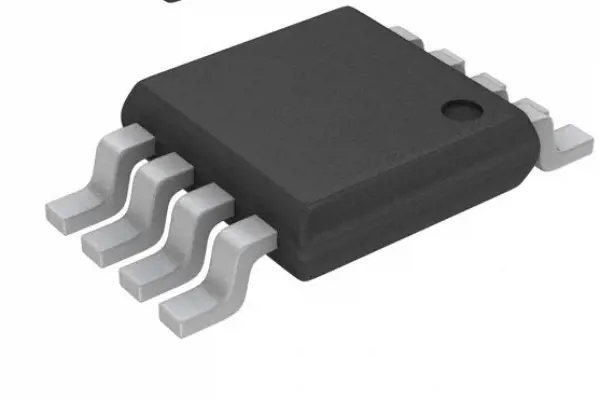
PCA9617ADPJ Datashee...
The PCA9617ADPJ is a signal buffer and repeater ...
-
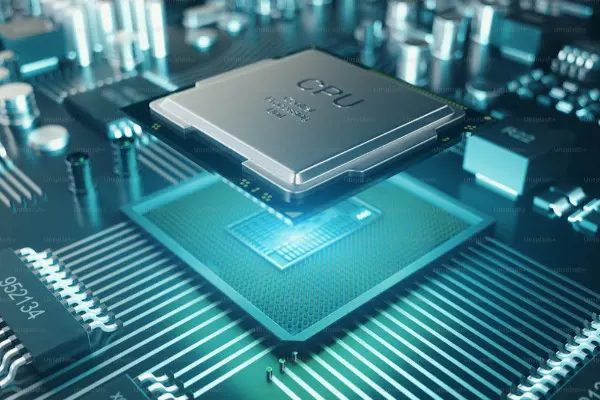
D882 Transistor Pino...
The D882 transistor is a commonly used NPN bipol...
-
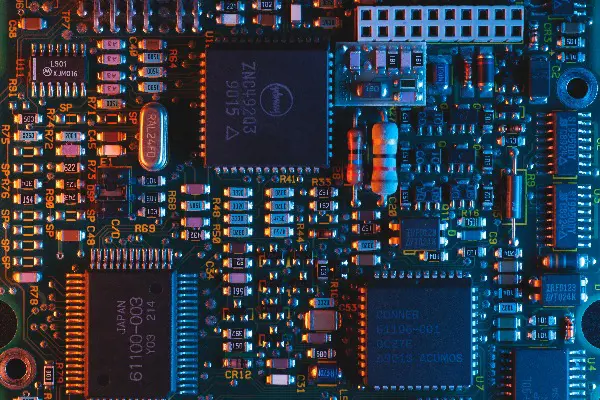
C1815 Transistor Dat...
The C1815 is a general purpose NPN transistor us...
-
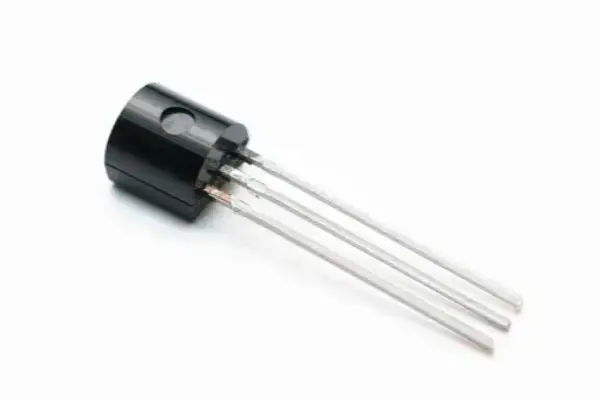
C945 Transistor Data...
The C945 transistor is a small, low-power NPN bi...



